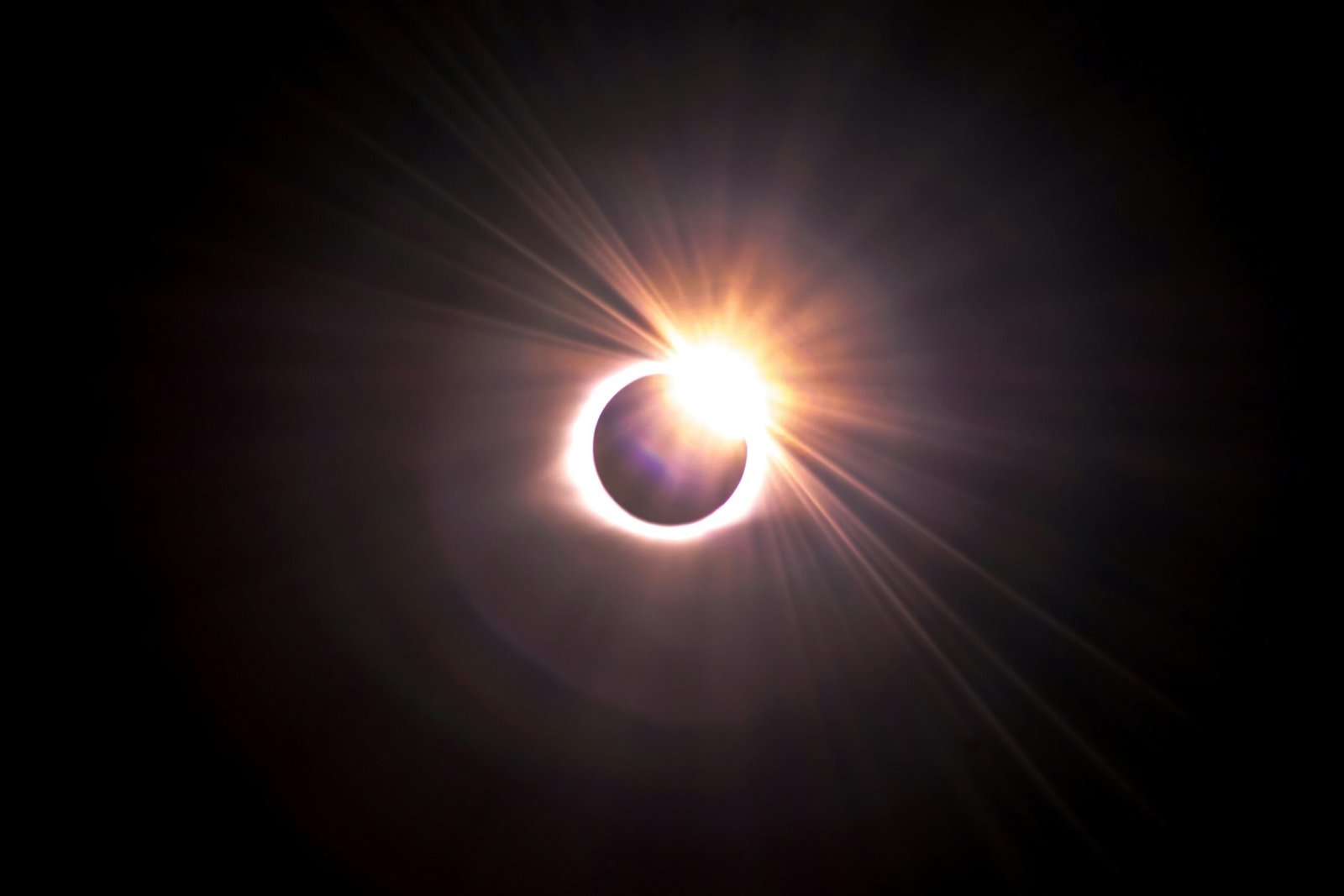Solar Eclipse of April 8, 2024: A Spectacular Astronomical Event
The solar eclipse scheduled for April 8, 2024, is anticipated to be a significant astronomical event that has captured the attention of both scientists and skywatchers alike. With a path of totality crossing North America, this eclipse offers a rare opportunity for millions to witness the beauty and awe of a total solar eclipse.
During a total solar eclipse, the moon aligns perfectly between the Earth and the Sun, casting a shadow on the Earth’s surface. As the moon moves across the face of the Sun, it gradually covers the entire solar disk, creating a breathtaking sight as day turns into night for a brief moment.
The Path of Totality
The path of totality for the April 8, 2024 solar eclipse will stretch from the western coast of Mexico, passing through the United States, and ending in the eastern part of Canada. Cities such as Mazatlán, Austin, Dallas, Indianapolis, Cleveland, Buffalo, and Montreal will be fortunate enough to experience the total eclipse.
Those located outside the path of totality will still witness a partial eclipse, where only a portion of the Sun is covered by the moon. However, the experience of a total solar eclipse is truly unique and unforgettable.
The Significance of Solar Eclipses
Solar eclipses have fascinated humans for centuries, and they hold great significance in both scientific and cultural contexts. In ancient times, solar eclipses were often seen as omens or celestial events of great importance.
From a scientific perspective, solar eclipses provide valuable opportunities for research and education. During a total solar eclipse, the Sun’s outer atmosphere, known as the corona, becomes visible. This rare glimpse allows scientists to study the corona’s temperature, composition, and magnetic fields, providing valuable insights into the workings of our Sun.
Furthermore, solar eclipses serve as a reminder of the delicate balance between the Earth, Sun, and Moon. These celestial events highlight the intricate dance of gravitational forces that govern our solar system.
Precautions and Safety Measures
While witnessing a solar eclipse is an awe-inspiring experience, it is crucial to take proper precautions to protect your eyes. Looking directly at the Sun, even during an eclipse, can cause severe eye damage or even blindness.
It is essential to use proper solar viewing glasses or handheld solar viewers that meet the necessary safety standards. These specially designed glasses block out harmful ultraviolet and infrared radiation, allowing you to observe the eclipse safely.
Additionally, you can create a pinhole projector or use telescopes with solar filters to indirectly view the eclipse. These methods provide a safe way to enjoy the event without risking your eyesight.
Conclusion
The solar eclipse of April 8, 2024, promises to be a remarkable event that will captivate the hearts and minds of people across North America. As the moon passes in front of the Sun, casting its shadow on Earth, millions will have the opportunity to witness the beauty and wonder of a total solar eclipse.
Not only does this event offer a breathtaking spectacle, but it also provides scientists with valuable research opportunities to deepen our understanding of the Sun, Moon, and their interactions. Whether you are within the path of totality or observing a partial eclipse, remember to prioritize your safety and use proper eye protection to fully enjoy this celestial phenomenon.
For more information about the solar eclipse of April 8, 2024, and future astronomical events, you can visit reputable sources such as NASA and Time and Date.

